
Written by: Uzma Nawaz
Posted on: January 09, 2017 |  | 中文
| 中文
Habib Fida Ali
“Friendship and humility came before fame and fortune for this iconic personality – a gentle and loving man with immense aesthetic sense, a great love of art, and talent beyond measure as an architect. (It is) a huge loss for all who knew him or admired him and his work.”
Habib Fida Ali – a name synonymous with modesty, simplicity and excellence – is no more with us. Following his demise on January 7, 2017, countless friends have recounted his achievements, his commendable work in the field of architecture, and his remarkable building designs. However, what is being remembered most is his innate kindness, and how he always went out of his way to give advice to others and lend a hand when needed.
Born in Karachi in 1935, Fida Ali had his early education at St. Partick’s Primary School before moving on to Aitchison College in Lahore for his O and A levels. His art teacher at Aitchison saw immense potential in him, and advised him to pursue architecture as a career. In the early ‘50s, architecture was considered a most unusual profession, especially in Fida Ali’s family, as he belonged to the Dawoodi Bohra business community of Karachi. However, he did not disregard his innate talent, and joined The Architectural Association, a prestigious and exclusive college in London in 1956. He learned a great deal about the visions and philosophies of famous architects, and was influenced by a diverse set of professionals in the field, including Robert Venturi from the US, Luis Barragan from Mexico, and Geoffrey Bawa from Sri Lanka. He returned to Karachi in 1963 and joined William Perry’s architectural practice, before starting his own work in 1965.

The LUMS campus, designed by Habib Fida Ali
Fida Ali has left a large legacy behind him. Numerous home designs, as well as various prominent structures in the country, such as the National Bank of Pakistan, The Forum in Karachi, CAS School, Faysal Bank Head Office Karachi, and the Lahore University of Management Sciences are just a few feathers in his cap. These structures exemplify his innovative approach towards designing structures.
Other projects that are a testament to his superb talent include Allied Bank Building, the EFU Life Head Office in Karachi, the NJI Building, UBL Circle Office, Islamic Chamber of Commerce, and last but not least, the iconic Shell House, one of his earliest and most acclaimed works. Completed in 1976, this structure was a trendsetter in Karachi, as it was finished without the addition of paint. Renowned as the first concrete building in Pakistan, it also won a gold medal from the Karachi Development Authority.
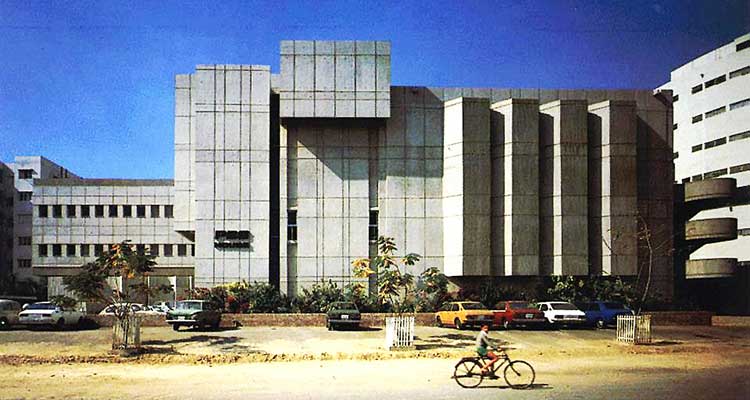
The iconic Shell House in Karachi
Fida Ali’s designs had one thing in common: they were all driven by the need for practicality. He has to his credit the designs for residences of several entrepreneurs and businessmen that were minimalist, practical, and visually appealing. His own residence, an old colonial house restored with a brilliant modern touch, speaks volumes about his contribution to the preservation of old architecture. Equally impressive is his restoration work on the famous Mohatta Palace, where he took many toiling months to unleash the true beauty of the historic structure.
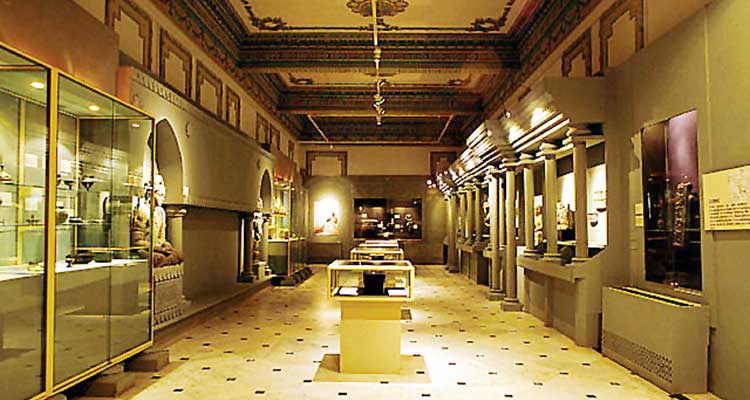
Restoration of Mohatta Palace
Fida Ali never settled for less than the best, and only pursued projects that he knew he could excel in. He would spend weeks trying to gauge the exact needs of his clients and translating them into pragmatic designs for their houses and offices. On one occasion, he actually lived with his client for an entire month before designing their house.
The 76-year-old Fida Ali never succumbed to the pressures of modernity, and continued to live in his old house towards the end of his life. Despite technological advancements, he held onto his time-tested approach of hand-sketching his designs. He would often take inspiration from historic architectural gems and amalgamate modern elements into them.
Fida Ali was not just a gifted architect, but also a symbol of humility. Despite being considered the master of his trade, he never shunned any advice and never thought himself to be a supreme authority. He would often travel the world in search of new ideas that would improve his work. His neighbour recalls how he would stand at his gate for long periods of time and suggest ways to improve the landscape design, and how he was always there to help out when needed.
Referred to as a “giant architect”, an “icon”, a “modernist” and a “mentor” on various occasions by his peers, Fida Ali served as a Master Jury for the Aga Khan Award for Architecture and also received the Lifetime Achievement Award from the Institute of Architects, Pakistan.
Over the last five decades, Habib Fida Ali has stood out as one of Pakistan’s most distinguished architects in the modernist tradition. He will be remembered as a visionary, a man of fine taste, and above all, a wonderful human being.
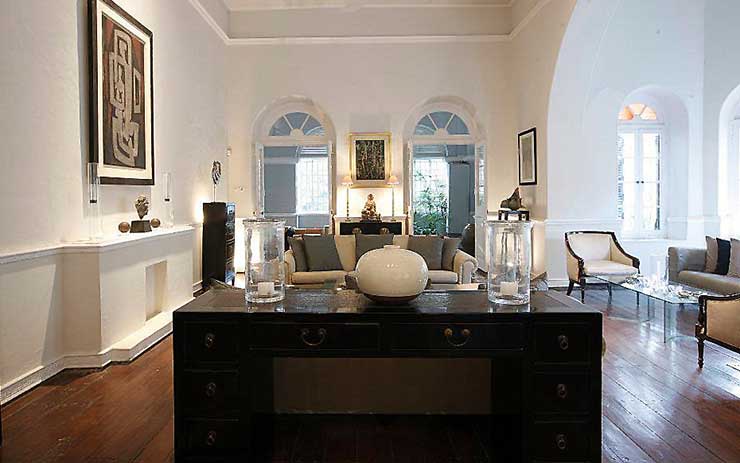
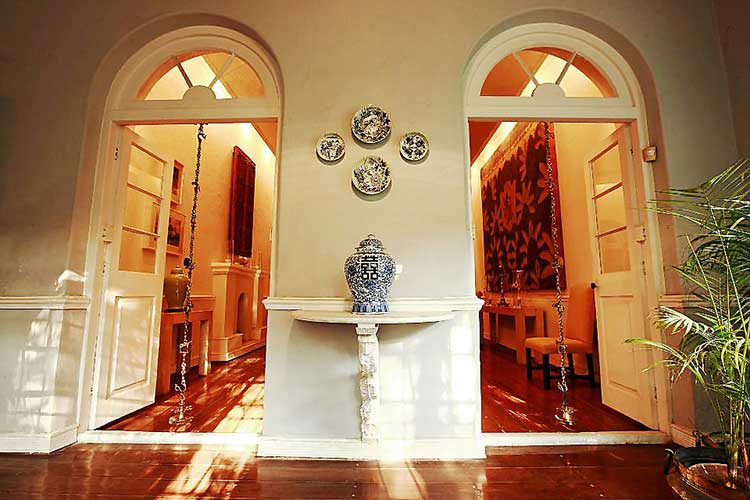
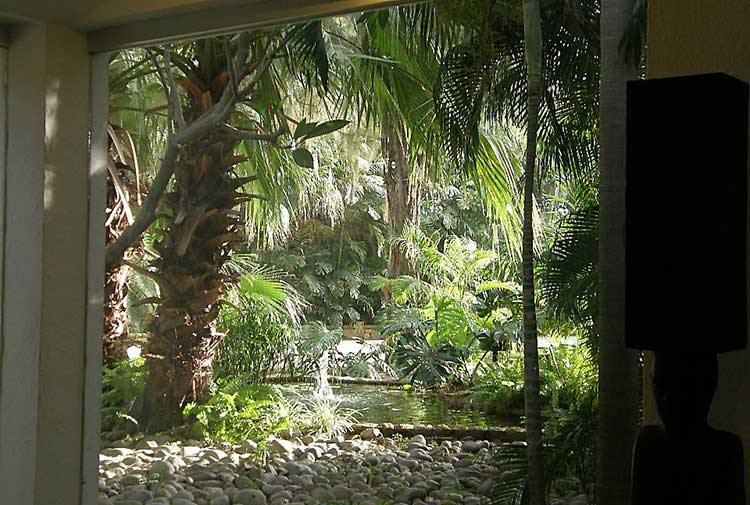
You may also like: